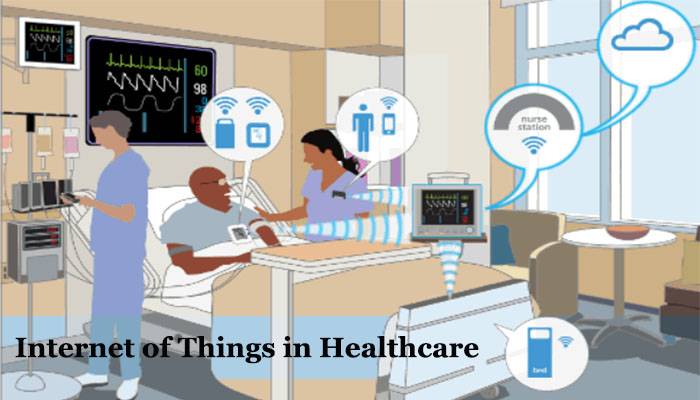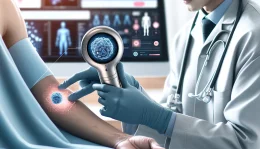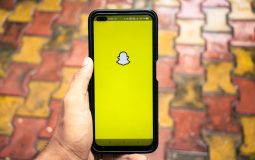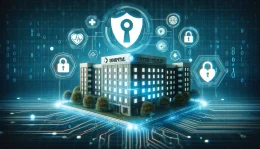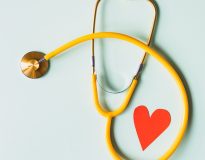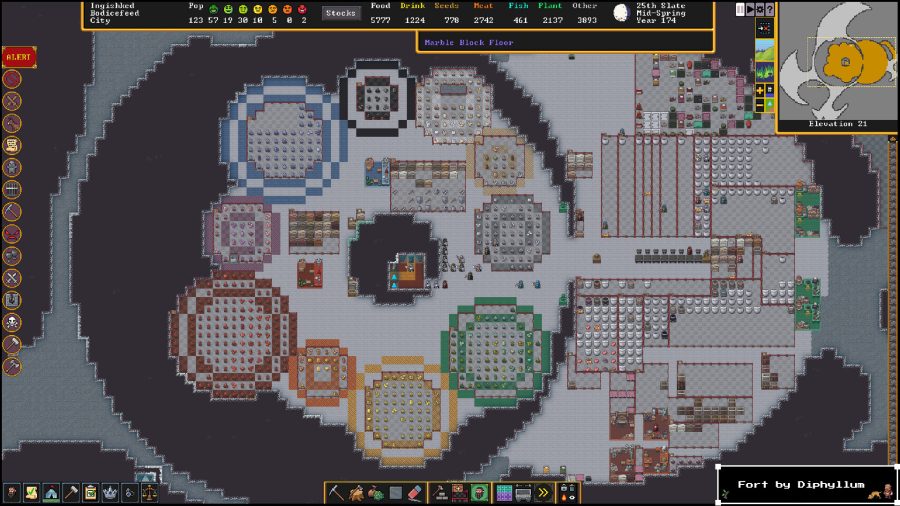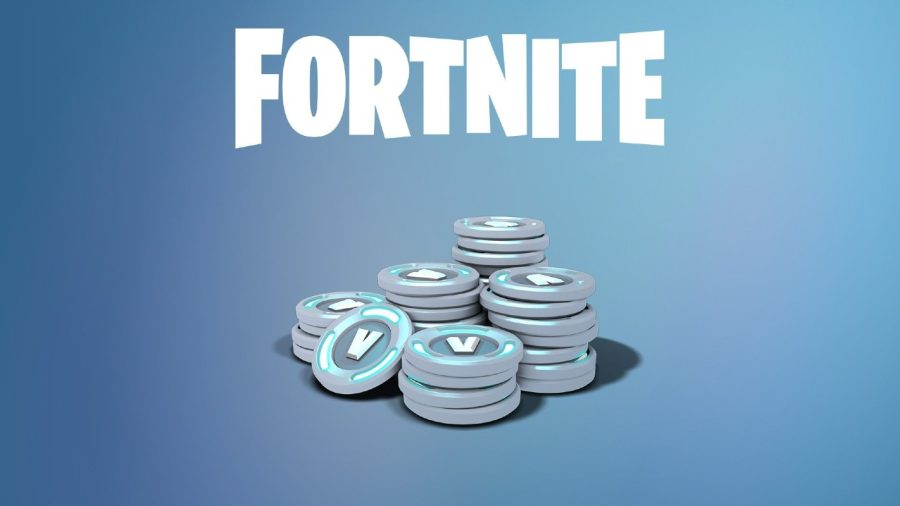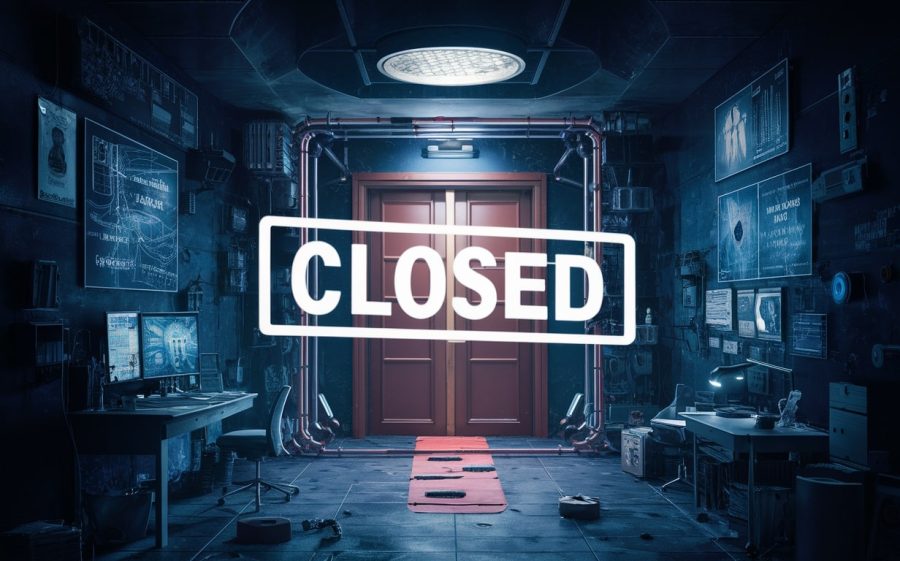Technology has disrupted every industry including healthcare, business, finance and others. Healthcare remains the fastest to adopt technological changes to revolutionize the diagnosis and treatment of the body. When we talk about the Internet of Things (IoT), it offers a multitude of benefits such as improving the effectiveness and quality of services by deploying it in medical devices.
Have a look at few of the statistics revealing the use of IoT in healthcare and the overall impact on the industry.
- Nearly 60% of healthcare organizations have introduced IoT devices into their facilities
- 73% of healthcare organizations use IoT for maintenance and monitoring
- 87% of healthcare organizations plan to implement IoT technology by 2019 which is slightly higher than the 85% of businesses across various industries
- Nearly 64% use of IoT in the healthcare industry is patient monitors
- 89% of healthcare organizations have suffered from IOT related security breach
It has a widely known that interconnected devices are being used in such ways as gathering data from fetal monitors, blood glucose levels, electrocardiograms and temperature monitors. However, some of these tools require follow up communication with a healthcare specialist.
Moreover, the majority of hospitals have invested in introducing smart beds to determine whether it’s occupied or not. When we talk about the Internet of Things, there are concerns regarding the data privacy and security. However, it doesn’t matter as far everyone is getting the right treatment, and the patients and doctors work in complete harmony.
How healthcare industry can harness the power of IoT and set the stage for highly accessible, personalized and on-time healthcare services for everyone. Have a look at it.
Cutting Cost through Remote Health Monitoring
The number one benefit of adopting IoT in a healthcare organization is cost reduction. Healthcare specialists can take advantage of remote health monitoring without the patient being present in the hospital. No matter, whether the patient is at home, in the office or some other part of the world, healthcare specialists can monitor the patient’s health and provide recommended treatments.
Thus, it can reduce the workload of healthcare providers who can’t bear the flooding of patients each day. Moreover, the shortage of staff at medical health centers would never disrupt the checkup of patients. IoT can also be helpful in third world countries where health facilities are inaccessible. It can also be useful in areas hit by flood, earthquake, tsunami or hurricane. Overall, the impact of this technology will offer better health facilities, no longer specific to particular regions but globally.
Collecting and Understanding Medical Data
During a patient’s stay, they are tangled in medical devices including heart monitors, blood pumps, respirators, and IVs. However, the operation and recording of information from these devices take a lot of time and are prone to errors on behalf of caregivers.
Today, with IoT a patient’s data can be conveyed through Electronic Health Record systems automatically. This method helps in increasing the accuracy of data and allows nurses to spend more time providing care.
On the other hand, doctors have to interpret data to decide the cure for patients. Due to the increase of medical devices, it can be challenging for doctors to come up with a proper diagnosis. For this, an IoT solution can be used to support health practitioners while combining IoT data from a multitude of medical devices and gain insights about patient’s health, without scattering the information.
Patient Monitoring
The evolution of wearable health gadgets like the Apple iWatch has begun playing a pivotal role in the monitoring of an individual’s health. Still, these products are sometimes not as accurate compared to general medical equipment.
On the other hand, wearable IoT devices can analyze and detect different health points such as blood pressure, heartbeat, brainwaves, temperature, physical position, footsteps and breathing patterns. With the help of data collected through IoT devices, doctors can share their feedback and give general suggestions in the case of an emergency.
Although, the IoT is revolutionary in the healthcare sector, there are few challenges as well that needs to be kept in mind. Have a look at them.
Challenges of IoT in Healthcare
Security Threats
The primary concern for regulatory bodies is the security of Personal Health Information, stored and conveyed through connected devices. While many healthcare organizations make sure that the sensitive data is stored in a secure and encrypted manner, they do not have control over the safety and security of the data access points being used to transmit the data. This creates a significant threat that increases gradually based on the number of new devices connected to the network.
Multiple Device Integration
Multiple device integrations is also an obstacle to the successful deployment of IoT in healthcare. Today most health devices and equipment within hospitals need to be connected to collect data of the patient. For instance, if a person is suffering from heart disease, he/she may be suffering from high blood pressure as well.
The most prominent challenge is that device manufacturers have not agreed upon set of protocols and standards. As various mobile devices are connected to the network for the collection of data, the difference in protocols results in complicating the process of grouping the information. The lack of homogeneity among the medical devices reduces the successful implementation of IoT in healthcare.
Inferring Results from Immense Data
The process of aggregating and collecting data is attached to many complexities. Though the combined data results can help in deriving new conclusions inferred from the patient’s record. However, coming up with the results from such a significant amount of data is quite challenging, without refined analytics program and data experts.
Identifying valuable and actionable data is critical as most of the medical specialists and physicians find it difficult to conclude with the growth of data. The decision-making process with rapidly increasing data lacks quality. Moreover, the concerns are becoming bigger and bigger with the growth of some connected devices that continuously collect and generate big data.
Conclusion
IoT will undoubtedly transform the health industry and the way patients are treated. Not only will it benefit doctors and other specialists, but people who have no access to the basic health facilities. Addressing few problems such as data security will revolutionize the health industry without breaching the privacy. Let’s embrace technology as a blessing instead of a curse and see what happens in the coming years.
